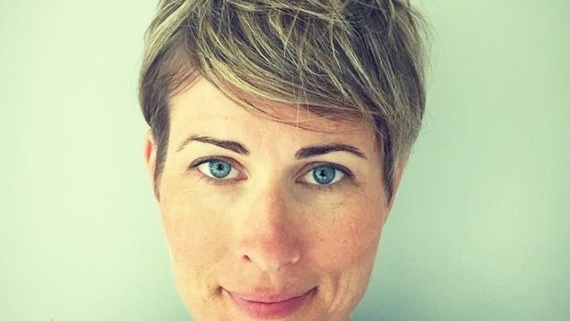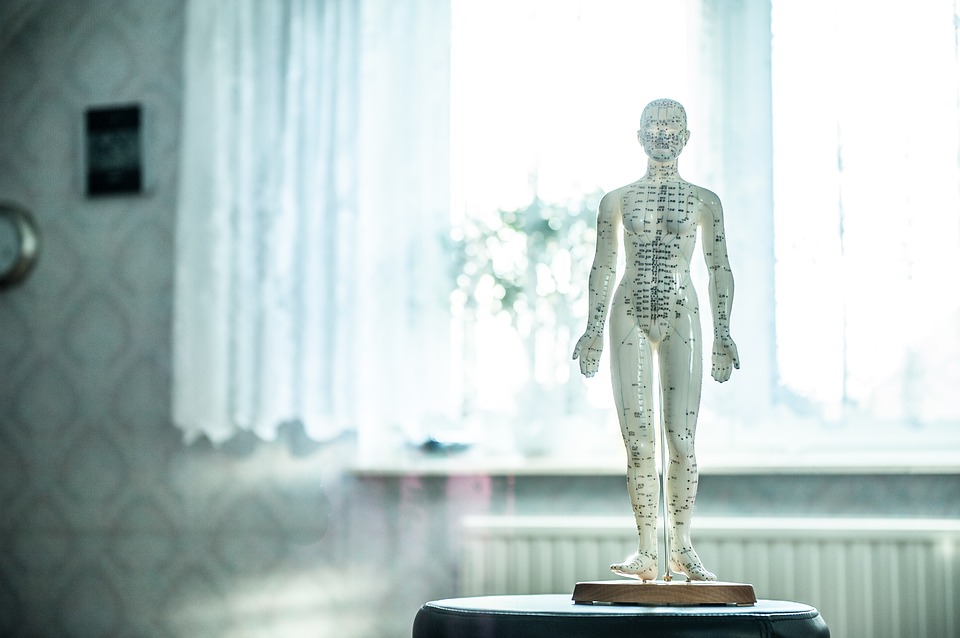What is SAD?
While those of us on Vancouver Island have been enjoying a recent spell of Autumn sunshine and mild temperatures, it is still that time of year when the usual weather takes a turn for the darker and colder variety. With that, comes the reminder for many people that Seasonal Affective Disorder is right around the corner.
Seasonal Affective Disorder , commonly referred to as SAD, is a mood disorder subset that predominantly affects people who have otherwise unaffected mental health throughout most of the year. People who have SAD however, exhibit depressive symptoms at the same time each year, most commonly in the winter. Although it is generally thought of as a strictly winter time affliction, SAD can occur at anytime of the year with mood variations always causing seasonal or summer depression. The seasonal mood variations are believed to be linked to sunlight exposure or lack thereof.
SAD is a type of depressive disorder and sufferers may exhibit a wide range of associated symptoms which can include: loss of interest in activities, isolation and withdrawal from social interaction, sleep disruption, appetite problems, difficulties with concentrating and making decisions, decreased sex drive, a lack of energy, irritability and anxiety. Symptoms can range from mild to severe and can affect many areas of a person’s life. Research has shown that variations in symptoms do occur based on which season the sufferer usually experiences SAD. Summer or springtime SAD symptoms tend more towards insomnia rather than over-sleeping and a decreased appetite and weight loss rather than the winter SAD usual of increased appetite and weight gain.
Not all people who live with SAD experience intense symptoms however. A milder form of SAD, Subsyndromal Seasonal Affective Disorder (SSAD), is common in some form or another in many people over the winter months especially. SSAD sufferers can often find relief from symptoms of low energy or a feeling of being “down” through regular exercise and increased outdoor activity, particularly on sunny days, which increases exposure to sunlight, helping to alleviate symptoms.
Treatment and Management
Treatment options for more severe cases of SAD can include a number of different methods. As a first step, consult with a medical practitioner to discuss your symptoms and any underlying disorders that you may have. SAD has many of the same symptoms as a number of other disorders and a professional consultation is necessary to make an accurate diagnosis.
Light therapy, also known as phototherapy, is one of the most widely used treatments and is often times sufficient in mild to moderate SAD. In light therapy, the person uses a specially designed light box or lamp which mimics natural outdoor light, affecting the brain chemistry. It is usually done for up to an hour, first thing in the morning for the most benefit. Light boxes are usually seen as the first step in treatment, along with regular outdoor exercise and consistent sleep patterns.
Medications and psychotherapy may be used as well in more severe cases or in patients that do not respond as well to light therapy. A medical professional can assist in determining if those options are needed.
Other effective options for alleviation of symptoms can include mind-body practices such as meditation, yoga, music or art therapy as well. Acupuncture has been shown to have a strong impact on SAD symptoms, helping to minimize mood swings and stabilize sleep patterns and appetite disruptions. At Diversified Health Clinic, our Acupuncturist has many options that can help with symptoms of SAD and SSAD.
There are numerous directions to look into for treatment and help in managing Seasonal Affective Disorder and the outlook is positive as research shows that it can be managed effectively and successfully. One important factor is to educate yourself about your own specific range of symptoms and what works for you.



